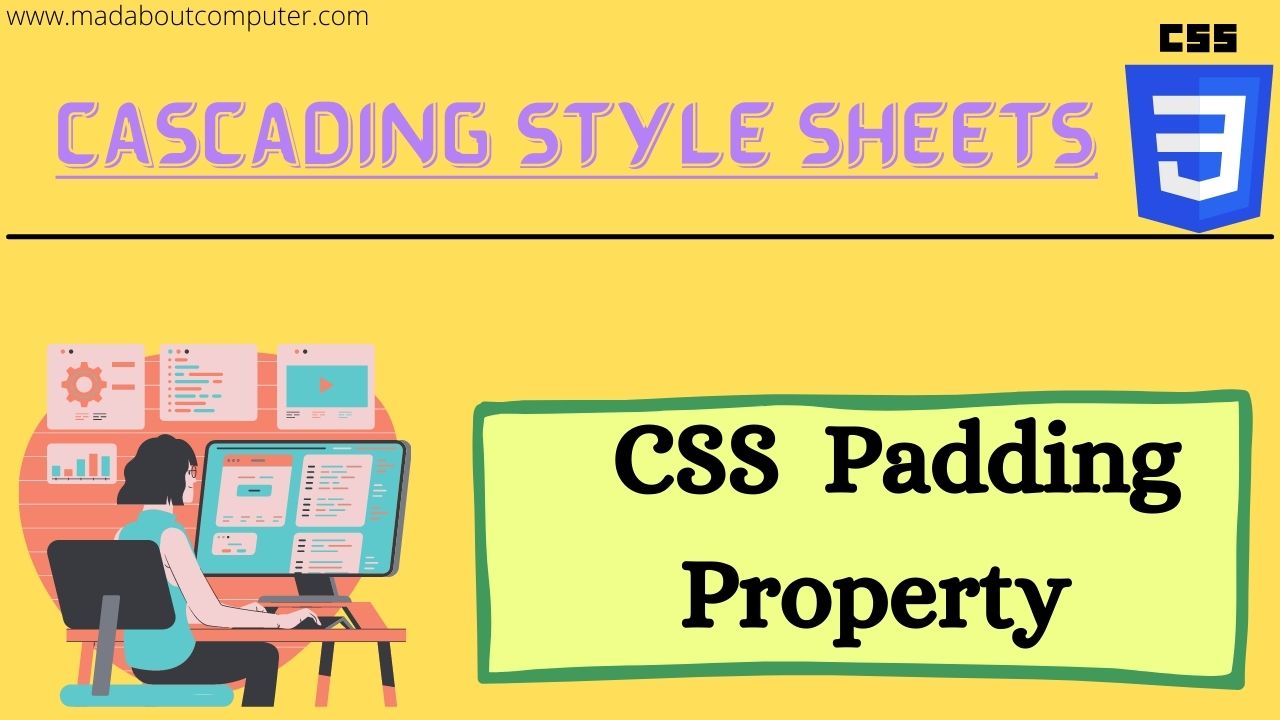| Image Source:- Quora |
Hey Friends in today's era, computers or laptops are the basic components which are used normally in all the workplaces such as schools, colleges, hospitals, laboratories, companies, etc. Today Computer is the basic thing in our day to day life. Human life has become very easier with computers. Because you can do your work within second with the help of computer and internet. Such as sending an important file to someone. Just open your laptop and mail the document within seconds. So today we are going to discuss computers and their different types. And also the basic computer required for computers. So Let’s Begin…
What is Computer?
Many people use a computer daily for some work. But do you know about computers? what is a computer? I bet many people didn’t know about it. So Basically, A Computer is a programmable electronic device, which is used to perform mathematically or logically operations. A user input data through any input device after that a set of instruction process and provide the result of it as “Output”.
A Computer can process arithmetical as well as logical calculations. Arithmetically operation such as +,-,/,* etc and logical operations are a>b, a<b, a>=b, etc. These operations are processed by a set of instruction written on it.
In simple words, A computer is an electronic device that accepts data as input and processes it, and gives the result of that input as output.
Father of Computer and The first computer
Do You know that the father of computers is Charles Babbage. Because it is believed that the first computer was invented by him. Analytical Engine is considered as the first computer which is invented by Charles Babbage was first described in 1837.
From an Electronic Device to Computer.
Now let all these aside and tell me that do you know how an electronic device gets the name computer?
The term Computer is derived from the Latin word “Computare” which means calculate.
So that is for today guys we will be back soon with another tutorial. Keep learning with mad about computer. You can also check more information about computers. Click Here For More










